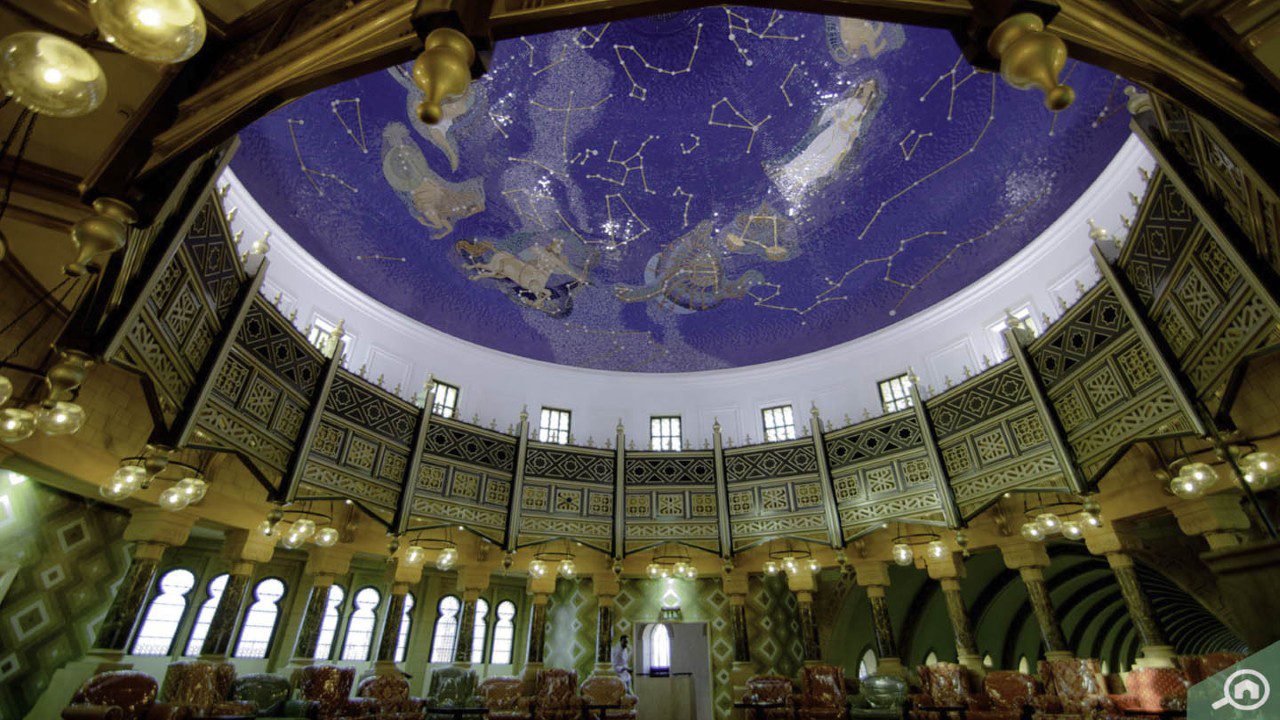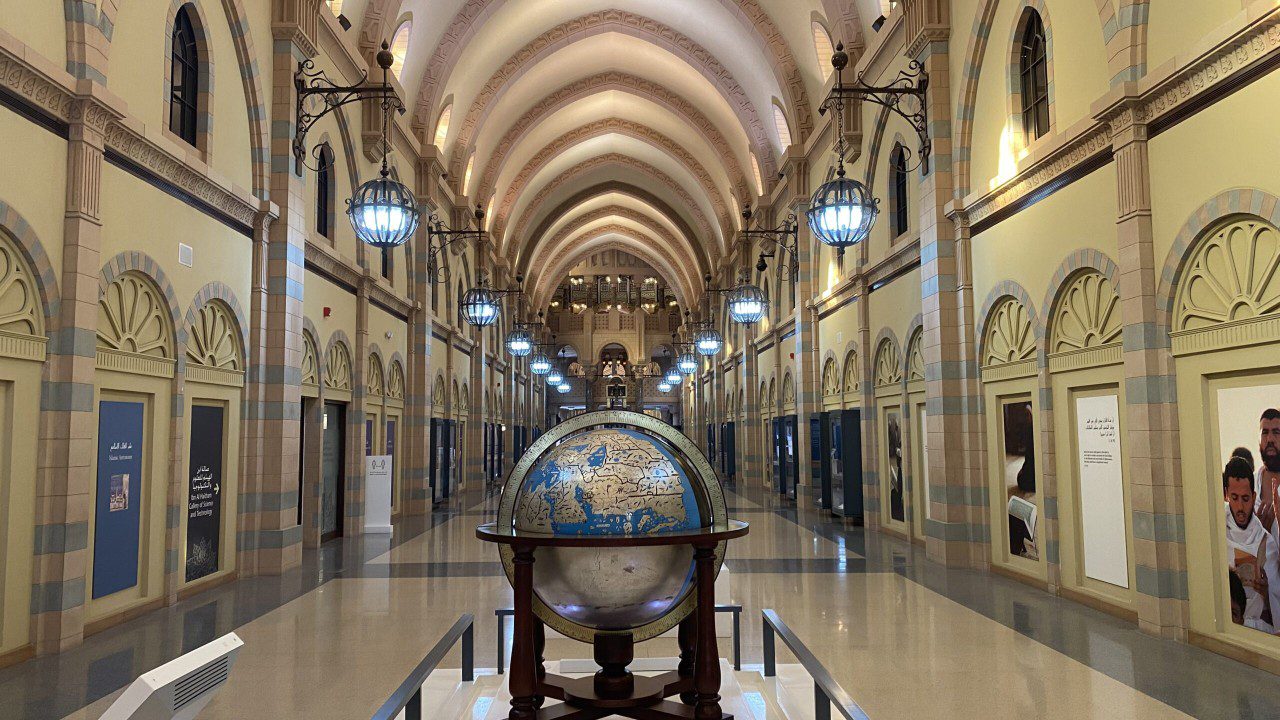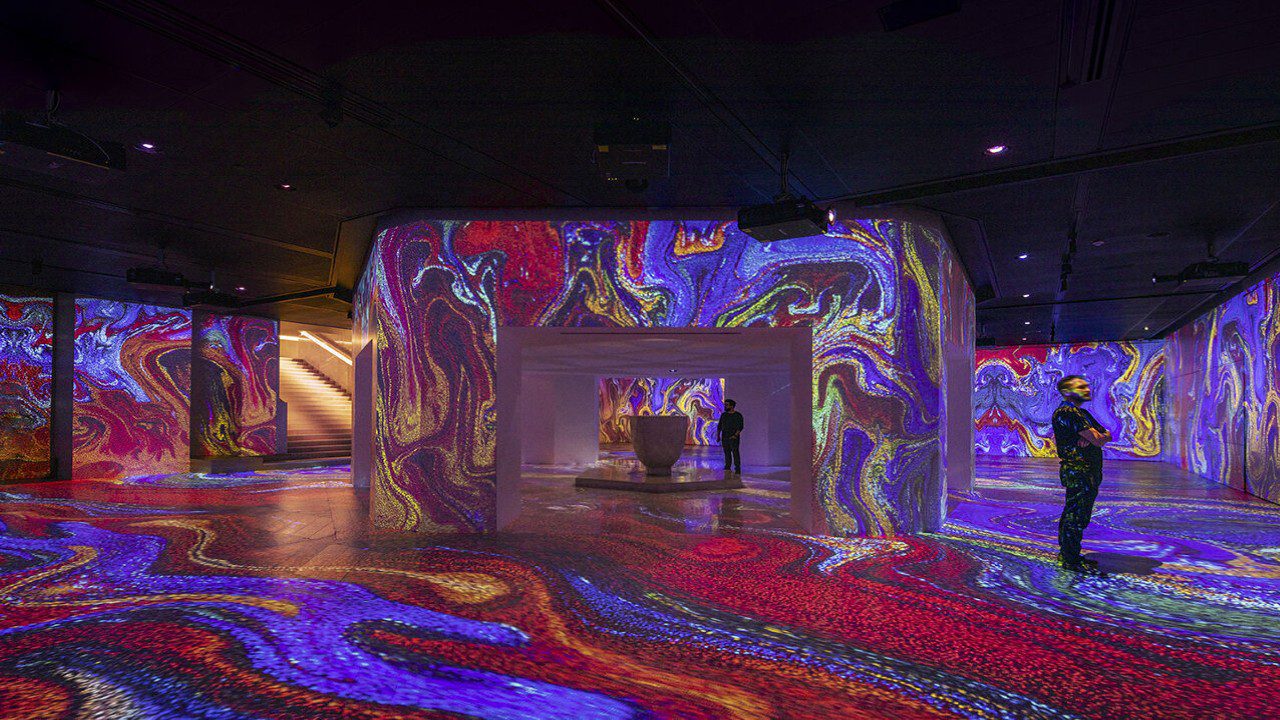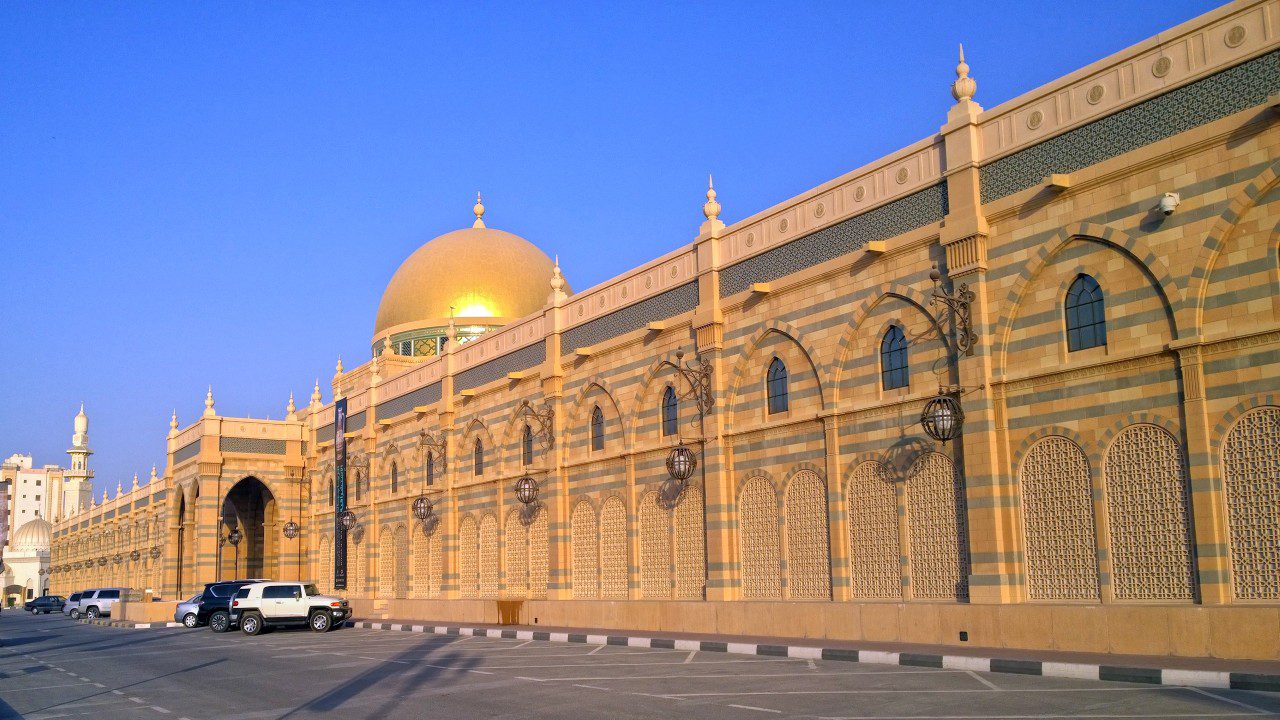The Museum of Islamic Civilizations stands as a testament to the rich and diverse cultural heritage of the Islamic world. This prestigious institution is a guardian of history, art, and artifacts, offering visitors a captivating journey through centuries of Islamic civilization. From exquisite calligraphy and architectural marvels to profound religious scriptures and relics, the museum showcases the vibrant tapestry of Islamic cultures across time and geographical boundaries.
Unveiling the Treasures: Islamic Artifacts and Relics
Step into the Museum of Islamic Civilizations, and immerse yourself in a treasure trove of artifacts and relics. The collection spans various periods, offering a glimpse into the remarkable craftsmanship and creativity of Islamic artisans. From delicate ceramics adorned with intricate patterns to stunning textiles and dazzling jewelry, every artifact tells a story of Islamic art’s ingenuity and cultural significance.

Exploring the Islamic World: A Journey Through History
The museum takes visitors on a captivating journey through the rich history of Islam. Trace the origins of Islamic civilizations, explore the rise and fall of empires, and witness the enduring legacies left by Islamic scholars, thinkers, and leaders. From the early Islamic caliphates to the magnificent Ottoman Empire, the museum sheds light on the vast contributions of the Islamic world to art, science, literature, and philosophy.
The Intersection of Faith and Culture: Islamic Heritage
One cannot fully comprehend the beauty of Islamic civilizations without understanding the profound influence of faith. The Museum of Islamic Civilizations provides a profound insight into the spiritual and religious dimensions of Islamic culture. Explore the sacred scriptures of Islam, including the Quran, and delve into the profound impact of Islamic teachings on architecture, music, and daily life. The museum’s exhibits provide a holistic understanding of the interplay between faith and culture, fostering a sense of appreciation and respect for Islamic heritage.

Istanbul: A Gateway to Islamic Civilizations
Situated in the vibrant city of Istanbul, the Museum of Islamic Civilizations is set within a town rich in Islamic history and architectural marvels. Istanbul, once the capital of the Byzantine Empire and later the Ottoman Empire, offers a perfect backdrop for a museum dedicated to Islamic civilizations. Visitors to the museum can further explore Istanbul’s cultural and historical gems, including the iconic Hagia Sophia and the Istanbul Archaeological Museums, to deepen their understanding of the Islamic world.

Conclusion:
The Museum of Islamic Civilizations serves as a bridge between past and present, connecting visitors to the remarkable achievements and contributions of Islamic civilizations. Through its curated exhibits, the museum inspires cultural appreciation, fosters intercultural dialogue, and encourages a deeper understanding of the Islamic world. Whether you are an art enthusiast, a history buff, or a curious traveler, visiting the Museum of Islamic Civilizations promises an enriching and enlightening experience that celebrates the diversity and magnificence of Islamic heritage.
The Museum of Islamic Civilizations FAQs:
What can I expect to see at the Museum of Islamic Civilizations?
At the Museum of Islamic Civilizations, you can expect to see a wide range of artifacts and relics showcasing the rich heritage of Islamic civilizations. From exquisite ceramics and textiles to stunning jewelry and calligraphy, the museum offers a diverse collection highlighting Islamic culture's artistry and cultural significance.
Is the Museum of Islamic Civilizations only focused on Islamic art?
No, the Museum of Islamic Civilizations offers a comprehensive exploration of Islamic civilizations beyond art. While the museum showcases Islamic art in all its forms, it also delves into Islamic civilizations' history, architecture, science, and religious aspects, providing visitors with a holistic understanding of the Islamic world.
How long does it take to explore the Museum of Islamic Civilizations fully?
The time required to explore the museum depends on your pace and level of interest. On average, visitors spend around two to three hours exploring the exhibits. However, you may want to allocate more time to your visit to delve deeper into the collection and absorb the wealth of information.
Is the Museum of Islamic Civilizations suitable for children?
Yes, the Museum of Islamic Civilizations welcomes visitors of all ages, including children. The museum offers educational exhibits and interactive displays designed to engage young learners and introduce them to the wonders of Islamic civilizations in an accessible and engaging manner.
Can I take photographs inside the Museum of Islamic Civilizations?
Photography policies may vary, so it's best to check with the museum's guidelines or staff regarding photography restrictions. Some exhibits may have specific guidelines to protect the artifacts, while others may allow non-flash photography for personal use. It's always respectful to follow the rules and guidelines provided by the museum to preserve the cultural heritage on display.



0 Comment